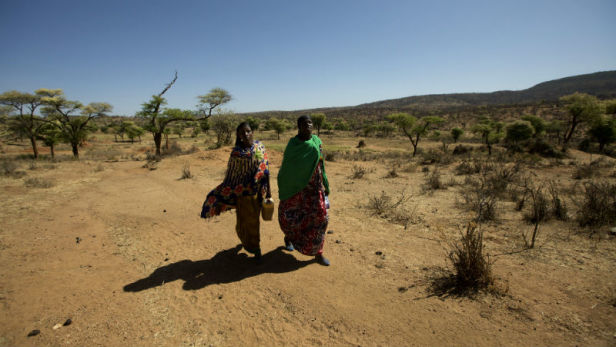
The U.S. Agency for International Development has deployed a disaster response team to Ethiopia, where there is a “crucial window of time” to avert the worst impacts of a drought, according to the agency’s disaster chief. The disaster assistance response team — or DART — traveled to Ethiopia on March 3.
El Nino-induced weather extremes are wreaking havoc on livelihoods, food and water systems across Ethiopia. While the situation has yet to escalate into a full-blown famine, the current drought is considered worse than that which contributed to the devastating 1984 Ethiopian famine, which — together with human rights abuses — killed roughly half a million people.
USAID’s DART teams are better known for mobilizing in the wake of a catastrophic event — dropping into Nepal’s post-earthquake rubble, for example, or scrambling to save lives in the aftermath of a typhoon.
In this case, they will take on a more preventative role. With El Nino’s worst impacts still looming in East Africa, USAID hopes the DART can leverage its logistical and personnel capabilities to set up a “series of firewalls” that prevent people from losing what they have, said Jeremy Konyndyk, director of the Office of U.S. Foreign Disaster Assistance.
Read more stories on disaster response:
"With the announcement of the DART, we are acting to prevent a major humanitarian crisis and protect Ethiopia's hard-earned development progress," said USAID Administrator Gayle Smith in a statement at the time of the deployment.
Many of USAID’s development programs have “emergency modifiers” built into them, Konyndyk said. These allow for extra emergency funding to flow to a country if an emergency occurs, in order to protect the development investments USAID makes around the world. “That’s a practice we’re now using quite broadly within our resilience programming,” Konyndyk said.
Source: devex.com

No comments:
Post a Comment